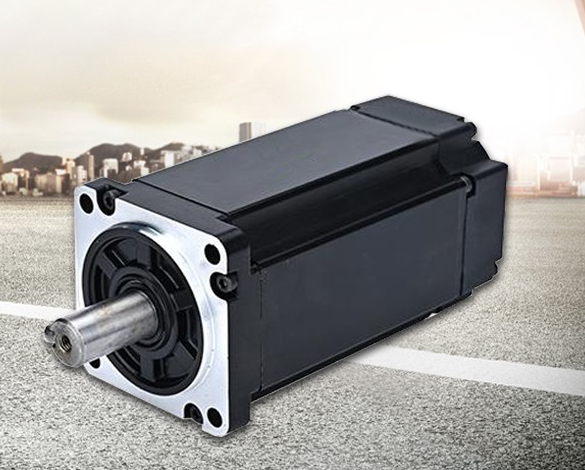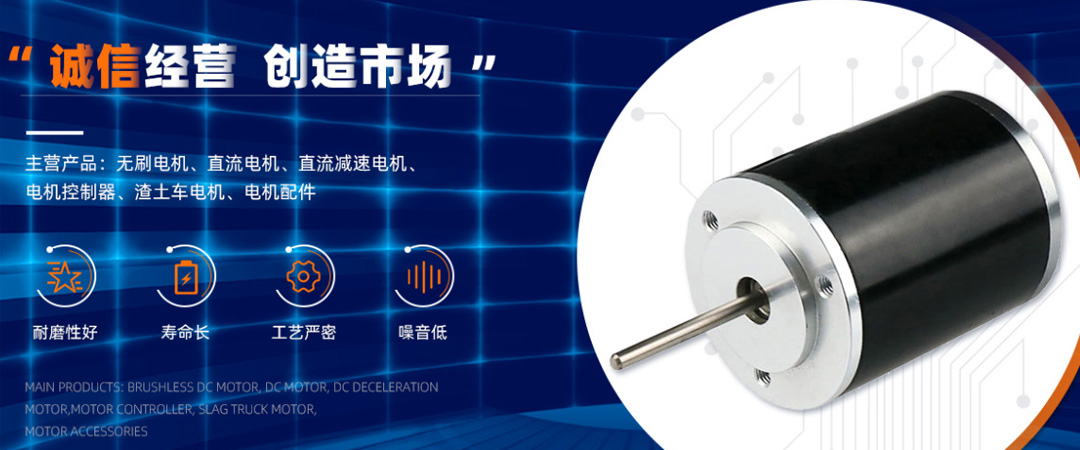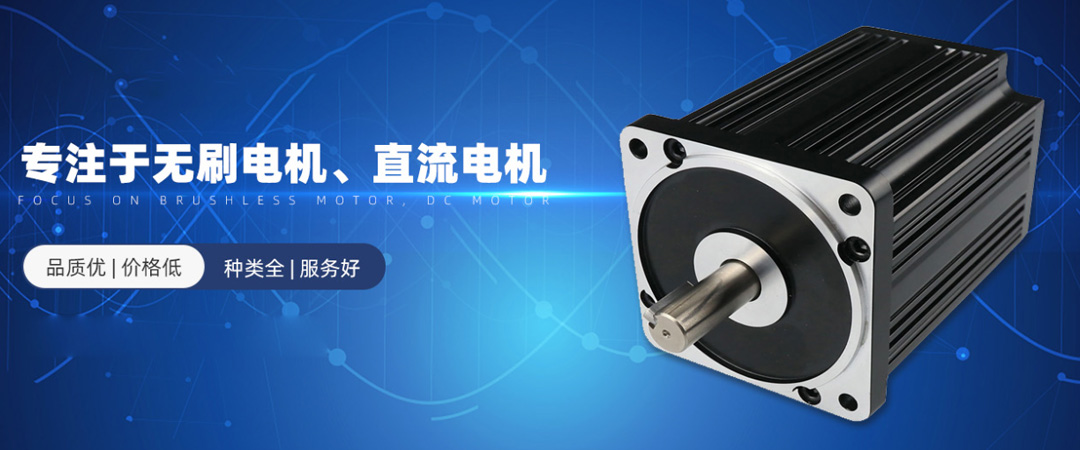Reasons for eddy current losses in brushless motor rotors
Brushless motors operate in a self controlled manner, without adding starting windings to the rotor like synchronous motors that start under heavy loads under variable frequency speed regulation, and without causing oscillations and loss of step during sudden load changes. What is the cause of its rotor eddy current loss?
With the continuous increase in power and speed of brushless motors, the overheating and demagnetization of permanent magnets caused by rotor eddy current losses have become a key factor restricting the high power density of brushless DC motors. This is because the rotor and stator conduct heat through the air gap, resulting in poor heat dissipation conditions and causing the rotor temperature to be higher than the stator temperature. The rotor eddy current loss is large, which can easily lead to high rotor temperature and increase the risk of overheating and demagnetization of the permanent magnets on the rotor.
Therefore, reducing the eddy current loss of the rotor to reduce its heat generation, reducing copper loss to lower the stator temperature to facilitate rotor heat dissipation, is beneficial for improving the power density of brushless DC motors.
The time harmonic of armature current is the main factor causing rotor eddy current losses and an increase in effective current value. Compared with the sine wave driving method, the square wave driving method will bring larger current time harmonics. The discontinuous commutation of stator current is an important cause of current time harmonics, leading to rotor heating. At present, the research methods for rotor eddy current losses and copper losses in brushless DC motors mainly include the study of rotor structures that change the eddy current induction path and the study of driving methods that reduce armature current time harmonics.
With the continuous increase in power and speed of brushless motors, the overheating and demagnetization of permanent magnets caused by rotor eddy current losses have become a key factor restricting the high power density of brushless DC motors. This is because the rotor and stator conduct heat through the air gap, resulting in poor heat dissipation conditions and causing the rotor temperature to be higher than the stator temperature. The rotor eddy current loss is large, which can easily lead to high rotor temperature and increase the risk of overheating and demagnetization of the permanent magnets on the rotor.
Therefore, reducing the eddy current loss of the rotor to reduce its heat generation, reducing copper loss to lower the stator temperature to facilitate rotor heat dissipation, is beneficial for improving the power density of brushless DC motors.
The time harmonic of armature current is the main factor causing rotor eddy current losses and an increase in effective current value. Compared with the sine wave driving method, the square wave driving method will bring larger current time harmonics. The discontinuous commutation of stator current is an important cause of current time harmonics, leading to rotor heating. At present, the research methods for rotor eddy current losses and copper losses in brushless DC motors mainly include the study of rotor structures that change the eddy current induction path and the study of driving methods that reduce armature current time harmonics.

The above are the reasons for the rotor eddy current loss of brushless motors. Brushless motors are frequency changing devices, also known as DC frequency converters. Its operating efficiency, low-speed torque, speed accuracy, etc. are all superior to any frequency converter, which has attracted great attention in the industry.
Editor: Nancy



